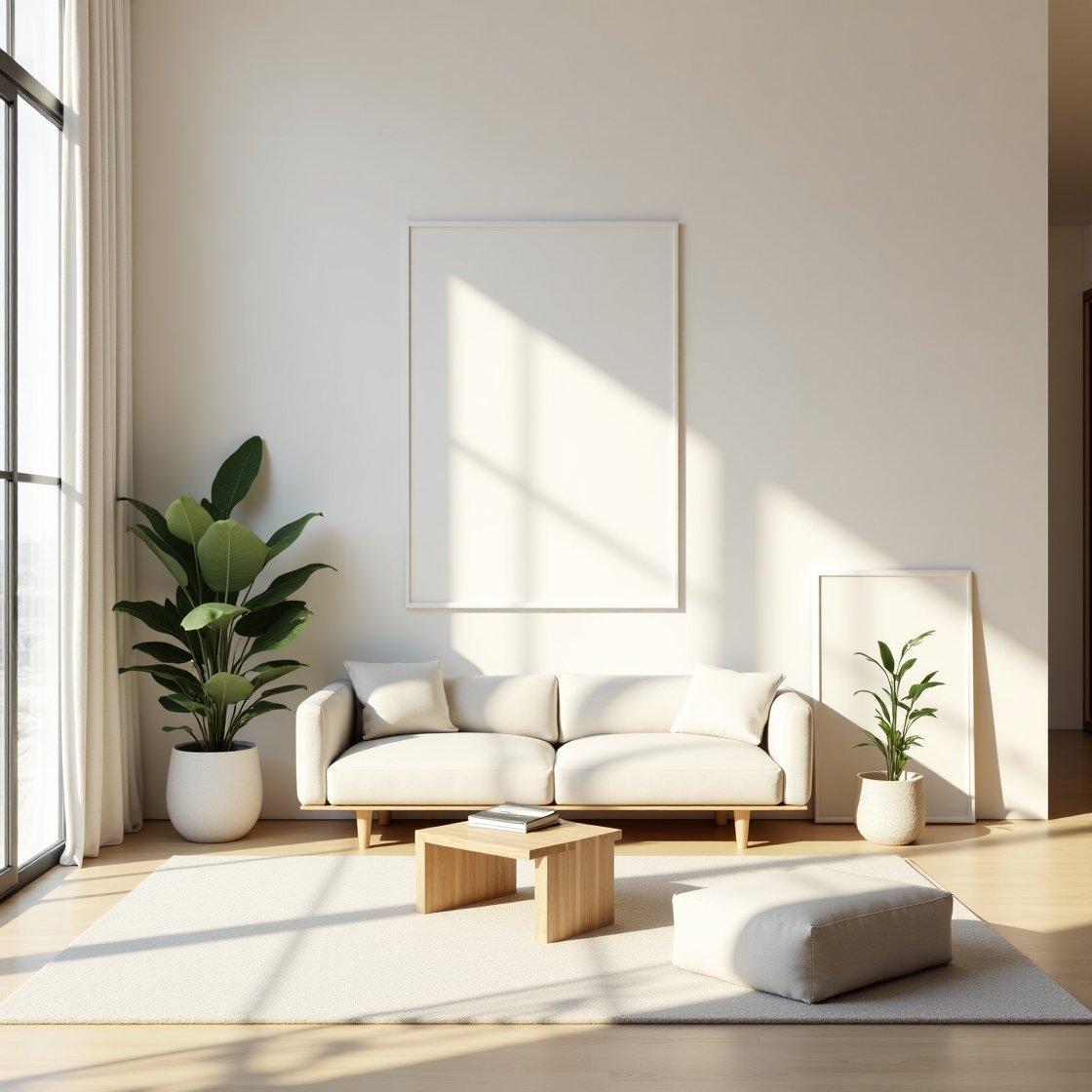Minimalism is more than a design trend—it’s a lifestyle choice that reflects clarity, intention, and calm. When applied to home decor, minimalist style creates clean, uncluttered environments that feel serene and welcoming. You don’t need to live in a white box with no furniture; instead, minimalist decor is about choosing quality over quantity, and simplicity over excess.
If you’re looking to bring a more minimalist aesthetic into your home, this article will guide you through the key principles and practical steps to make your space feel purposeful and beautifully simple.
What Is Minimalist Interior Design?
Minimalist interior design focuses on simplicity, functionality, and clean lines. The goal is to eliminate excess while creating a calm and harmonious space that serves its purpose effectively.
Core elements include:
- Neutral color palettes
- Streamlined furniture
- Thoughtful use of decor
- Functional design choices
- An emphasis on space and light
Benefits of Minimalist Design
Minimalist decor offers more than just visual appeal. It can improve your quality of life in many ways:
- Reduces stress: Fewer items = less visual clutter = calmer mind
- Easier to clean: Less stuff means quicker cleaning and maintenance
- Saves money: You buy less, and you buy more intentionally
- Boosts focus: An organized space supports productivity and mental clarity
Now let’s look at how you can bring minimalist style into your home.
1. Start by Decluttering
Decluttering is the foundation of minimalist decor. Go through each room and ask yourself:
- Do I use this item regularly?
- Does this item add value to the space?
- Would I buy it again today?
If the answer is “no,” it might be time to let it go. Donate or sell unused items, and aim to keep only the essentials.
Tip:
Begin with high-traffic areas like your living room or bedroom, where clutter builds up most quickly.
2. Embrace a Neutral Color Palette
Minimalist spaces are often dominated by neutral tones like white, beige, gray, and soft earthy shades. These colors create a calm and timeless atmosphere, making your home feel open and airy.
That doesn’t mean you can’t use color—but keep it subtle. Consider pale greens, dusty blues, or warm terracottas as soft accents.
Tip:
Use different shades of the same color to add depth and prevent the room from feeling sterile.
3. Choose Quality Over Quantity
Instead of filling your space with decor, select a few high-quality, well-designed pieces that you truly love. This applies to furniture, artwork, textiles, and even kitchenware.
Minimalist design isn’t about having “less” just for the sake of it—it’s about being intentional with your choices.
4. Use Furniture with Clean Lines
Look for furniture that is simple, functional, and free from unnecessary ornamentation. Think sleek legs, low profiles, and smooth surfaces.
Avoid bulky items or overly decorative pieces. Furniture should support the flow of the space, not dominate it.
Suggestions:
- A streamlined sofa in a solid, neutral color
- Wood or metal coffee tables with clean edges
- Floating shelves or wall-mounted units
5. Let Natural Light Be a Feature
Minimalist interiors rely heavily on natural light to open up the space and emphasize the simplicity of the design.
Use sheer curtains or blinds that can be pulled completely away during the day. Place mirrors opposite windows to reflect more light and create a sense of depth.
6. Add Texture, Not Clutter
To keep your space from feeling cold or flat, layer in textures using materials like linen, wool, wood, and stone.
For example:
- A soft cotton throw on a chair
- A jute rug under the coffee table
- A smooth ceramic vase on a wooden shelf
Mixing textures keeps things visually interesting while staying true to minimalist principles.
7. Keep Surfaces Clear
Avoid covering tables, countertops, and shelves with lots of small objects. Select one or two pieces that are meaningful or beautiful and give them space to stand out.
A single candle, a ceramic bowl, or a small plant can make a statement when it’s not competing with other items.
8. Limit Wall Art to Key Pieces
In minimalist design, wall art should be chosen thoughtfully and displayed with intention. One large piece or a simple gallery of black-and-white prints is usually enough.
Look for artwork that complements your color scheme and overall mood. Avoid overcrowding your walls—negative space is an important design element in minimalism.
9. Incorporate Greenery
Plants are a perfect addition to minimalist decor. They add color, texture, and life without overwhelming the space.
Stick to simple planters in neutral tones, and choose plants that are easy to maintain. A single large plant or two smaller ones is enough to make a room feel more inviting.
10. Use Storage Strategically
In a minimalist home, everything should have a place. Use hidden storage solutions like baskets, bins, and furniture with compartments to keep your space tidy.
Closed storage helps you maintain the clean, uncluttered aesthetic while still keeping daily essentials within reach.
Bringing It All Together
Creating a minimalist home doesn’t require a complete overhaul. Start with one room at a time, make intentional decisions, and focus on creating a space that feels calm, clean, and purposeful.
Remember:
- Keep only what you love or need
- Embrace space and simplicity
- Highlight natural light and neutral colors
- Prioritize functionality in every choice
Minimalism isn’t about denying yourself—it’s about freeing yourself from the distractions of excess so you can enjoy your home more fully.
Coming up next:
“Lighting Tricks That Instantly Enhance Your Space”
